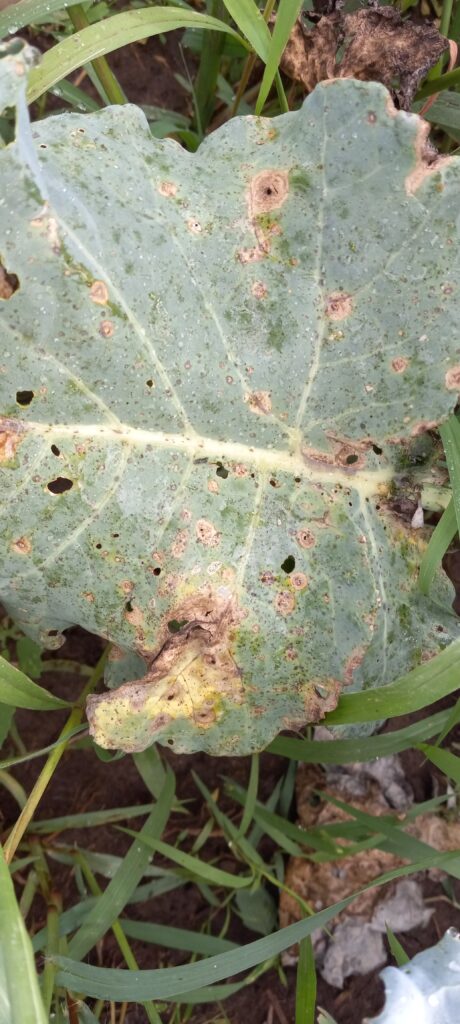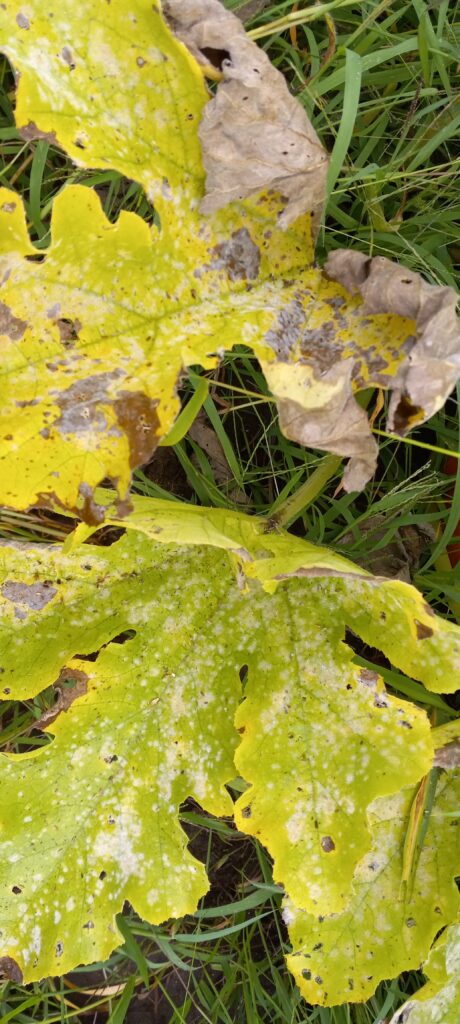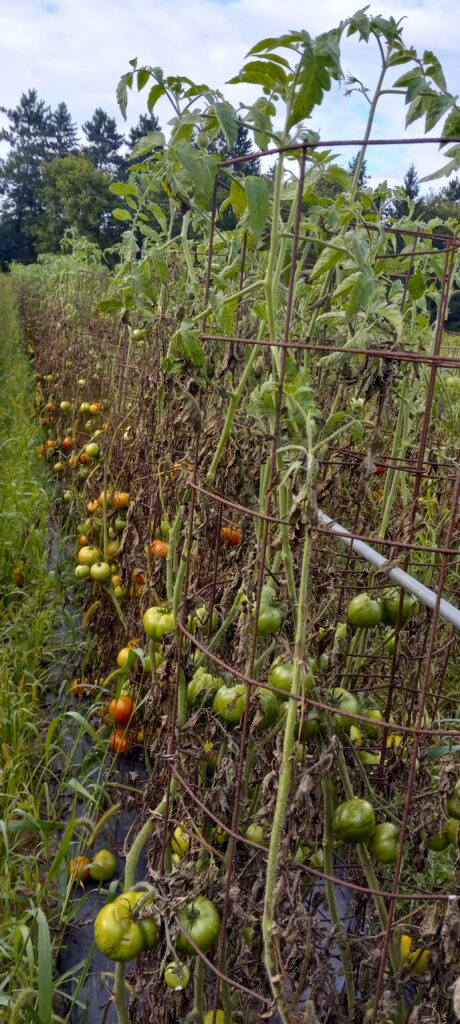
Sorry for the late newsletter. Not enough time in the day anymore.
Still taking back pint clam shells.
Still looking for help with garlic processing.
What will we have this week?
Lots of tomatoes. I think this is peak tomato for this season. Cherries are doing quite well as well! We’ll also have potatoes, beans, onions, garlic, peppers, cukes, some tomatillos, and a bunch of odds and ends.
Fruit, Flowers and Eggs this week.
Farm News
Based on historical records — and by “historical” I mean as far back as I can remember (and by “as far back as I can remember” I mean the last five years or so) — this has been the wettest season ever. It isn’t just the amount of rain but the frequency. And it has also been quite the dewy year. I don’t know if anyone keeps track of dew totals or frequency but it seems to me that there is rarely a day where the plants look like they have been rained on in the morning. All of this has really put a damper on the crops.

In an earlier newsletter I mentioned some of the challenges with farming during a wet season. That newsletter was from the first week of the harvest season and mentioned difficulty cultivating, pests explosion and irrigation uncertainty. One I didn’t mention at the time, which is now the biggest problem with frequent rain, is the prevalence of plant diseases.
Many plant diseases like warm, wet weather. They thrive in it. And unfortunately for us organic farmers we don’t have a lot of disease management tools in our tool belt. Clippers? Plenty. Harvest knives? Dozens. Disease management solutions? Nada. That’s not quite true. There is one category of organic certified fungicides that are copper-based so we do have some tools in the belt.
The issue with these chemicals is that you have to spray them prophylactically. To be really effective, we need to start a spraying program soon after planting — and I suppose preferably in the greenhouse prior to planting — to get the benefits of the fungicide. Once the plant gets infected there is no cure.
Trying to add yet another task to the otherwise overwhelming set of tasks, with fewer and fewer resources to perform those tasks, is challenging. Plus having to respray after every time it rains when it rains as frequently as it has this year makes it impossible. Plus the fungicides aren’t really all that affective to begin with. So managing diseases organically is near impossible. And the result in wet, rainy years is an early demise of some of our plants.

So what plants are most affected this season? My biggest disappointment is our fall broccoli. After a disappointing spring broccoli season I was hopeful for some good fall broccoli. Typically the fall broccoli is the best since it matures during cooler times. But this season it is overrun with disease. It looks to me to be alternaria but could also be black rot, or most likely both. Hopefully some of it will survive though only time will tell.
The flowers seem to be meeting an earlier than usual demise.We’ll do what we can to make weekly bouquets but I expect they will be smaller than what we’ve typically given out.
Some of the onions are rotting in the field. We are harvesting them as fast as we can considering the other harvesting we need to do. This week looks to be a dry week which will help but any onions currently squishy are not getting unsquishy anytime soon. On the bright side, I accidentally bought too many onion seeds and since they do not store well from year to year I planted all of them so we won’t be short of onions.

The potatoes plants died earlier than usual and the first crop of Yukon Gold potatoes had some type of disease that caused them to rot after harvest. With our most recent dig — the Dark Red Norlands — we had a surprisingly good yield and so far very little rotting (though this may change as time goes on). We haven’t fully calculated the yield due to not having harvested all of the specific variety but so far it looks good!
The tomatoes are getting disease like always. Tomatoes in my opinion are the hardest crop to grow. They are like toddlers at a day care. They seem to catch everything. The plants are much larger than usual and seem to be keeping ahead of the disease. There are a lot of fruit so I’m optimistic it will be a good rest of the tomato season. The plants also seem to want to ripen the fruits all at once so we may have two weeks of a lot of tomatoes, and then very few.

I could go on and on about the other crops that are succumbing to disease but I think you get the point. Though we like having rain, having too much is just too much.
Recipe of the Week
I always include this recipe when we have a good amount of tomatoes and cucumbers.

Voula’s Greek Salad
Ingredients
- 2 medium cucumbers cut into bite-sized pieces
- 4 medium tomatoes cut into bite-sized pieces
- 1 medium sweet onion cut into bite-sized pieces
- 8 oz feta cheese
- 2 T oregano chopped — fresh preferred
- ½ c olive oil
- ¼ c red wine vinegar
- salt and pepper to taste
Instructions
- Combined chopped cucumbers, tomatoes and onions in a large salad bowl.
- Crumble feta cheese over vegetables.
- Add chopped oregano.
- Add oil and vinegar.
- Toss.
- Add salt and pepper to taste.
As always, feel free to send in questions, comments, suggestions, and anything else you’d like to send me. And for those who don’t know and are wondering about the title, our farm is located in Denmark Township, not Hastings like our mailing address.
